The unmistakable rusty and incessant whinging of a young Yellow-tailed Cockatoo came floating in my kitchen window.
I followed the sound to a twin stump, where the ‘baby’ was atop one and the mother was at work in the fork of the other, ripping away bark with her beak.

The young of these big Black Cockatoos resemble the females, and I could tell the demolisher was a female from its pale coloured beak.

The father was keeping watch from a high branch of a nearby casuarina; you can see his distinguishing dark bill and brighter eye ring. Both sexes have that broad pale yellow band across the tail. This tail is almost half their total body length, so very noticeable in flight.

The mum was clearly finding something tasty, likely grubs of some sort, amidst the wreckage of the bark, stopping now and then to eat them, but at no time did I see her feed the whining young. Serve him right!

He got bored and flew about a bit, but not too far away, which made Dad move closer to keep guard.

Then the kid got the idea and began ripping at bark himself; unfortunately not the right sort of old bark, but at least he had the idea. Maybe Mum rewarded him with a grub after that, but when I next looked they had all three taken off to the creek.

This is the very efficient stump demolition achieved by one very strong beak, in about 20 minutes!
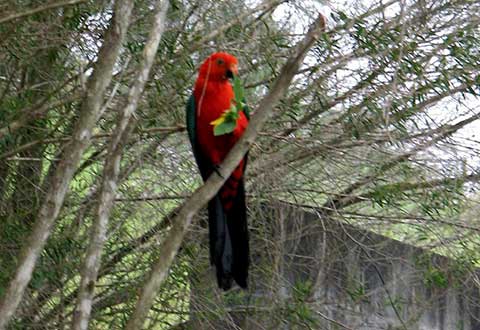
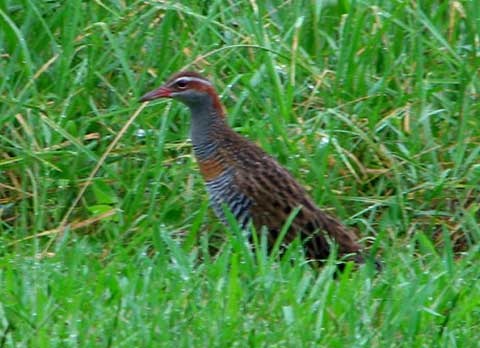

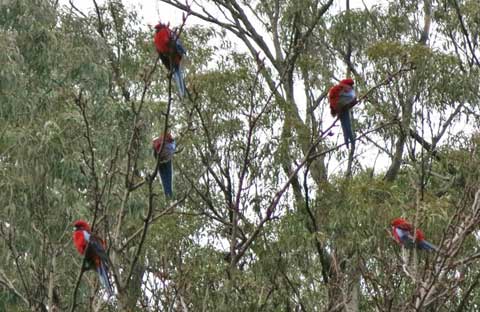

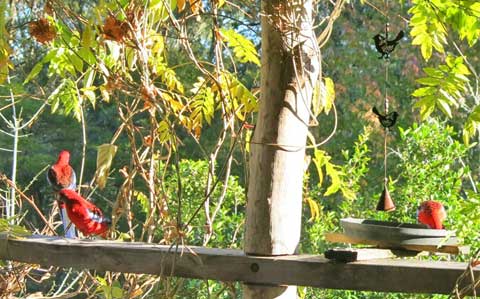
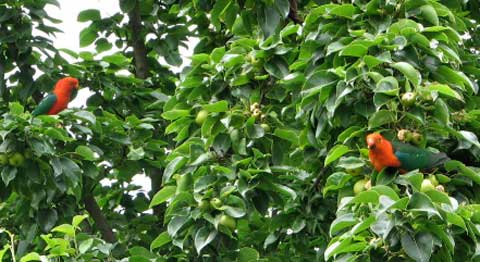
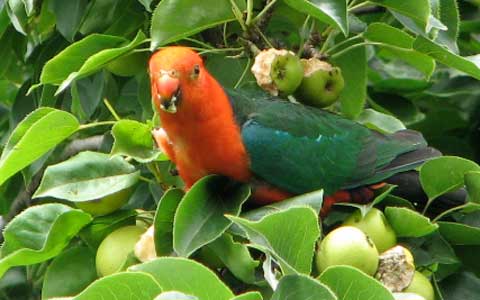

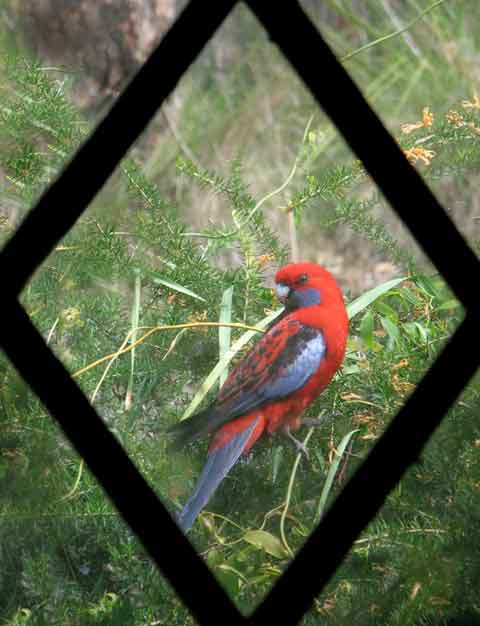
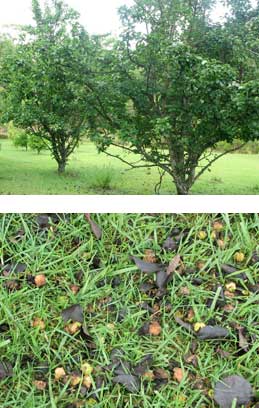 Usually the parrots and I share the crop from my two large Nashi pear trees. I get hundreds of fruit from the lower branches and they take even more hundreds from the higher ones.
Usually the parrots and I share the crop from my two large Nashi pear trees. I get hundreds of fruit from the lower branches and they take even more hundreds from the higher ones. Crimson Rosellas like this one are a major culprit but so are the red and green King Parrots, who are more elusive — or guilty.
Crimson Rosellas like this one are a major culprit but so are the red and green King Parrots, who are more elusive — or guilty.


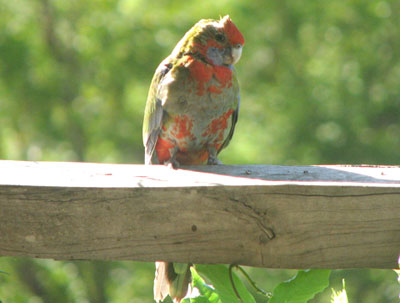
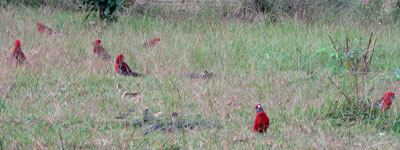

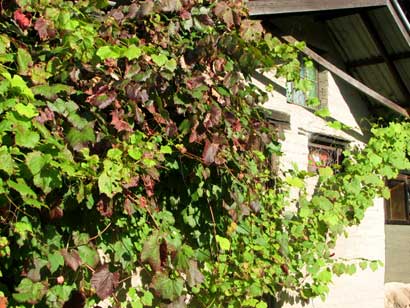
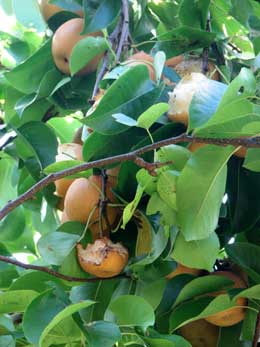 With temperatures veering from 13 to 35 degrees, neither the fauna nor the flora know what’s going on here.
With temperatures veering from 13 to 35 degrees, neither the fauna nor the flora know what’s going on here.